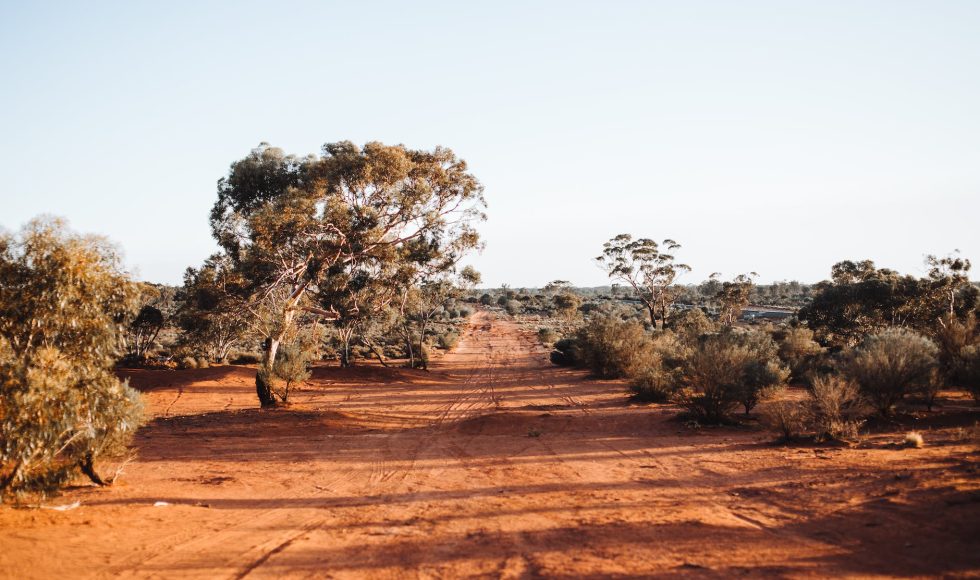Kate Morgan and Lisa Byrnes are Instructional Designer at Penn State World Campus. They presented at the Quality Matters online conference. The title of the session was “Using AI to Generate Engaging Course Content.” Penny Ralston-Berg also presented in this session. Byrnes described how AI use has evolved very quickly and is no longer “futuristic.” […]
Tonight, I watched Stanley Maloy, Editor-in-Chief of JMBE, host a conversation at ASM Microbe 2022 in DC. This was a conversation with four ASM Carski Award winners: Nancy Boury, David Westenberg, Mark Martin, Loretta Brancaccio-Taras, about their insights into excellence in undergraduate teaching. Westenberg spoke about about student success as part of the reason why […]
Rebecca D. Prescott from the University of Edinburgh in the UK presented at London Calling 2019. The title of the session was ‘O na Hoku no na Kiu o ka Lani: Bridging genomics research and culture-based science education through astrobiology in Hawai’i.” Prescott started by mentioning that they represent a large team supported by numerous […]
Miles Benton from the Institute of Environmental Science and Research in New Zealand spoke at the Nanopore Community Meeting 2021 about “Affordable GPU compute makes nanopore sequencing even more disruptive and empowering.”Benton is a senior scientist, bioinformatician, and an advocate of open, reproducible science. They share their materials on GitHub. Benton spoke about the birth […]
Megan Radosevich from Carroll College presented at the Nanopore Community Meeting 2021 on “Analyzing regional and seasonal microbial community variation from a contaminated Montanana river.” Their project is called CREWS: Consortium for Research on Environmental Water Systems that is funded by the Montana NSF EPSCoR Partnership with several colleges and universities in Montana. A central […]
Leena Putzeys from KU Leuven, Belgium spoke at London Calling 2022 about “Unlocking the transcriptomic architecture of bacterial viruses with ONT-cappable-seq.” Putzeys spoke about the use of phages as potential antibacterials and biotechnological applications. They noted that classic short-read RNA sequencing is difficult to interpret for phages. This is because short-read transcriptomes don’t distinguish between […]
Ashley Beck from Carroll College spoke about “Applying nanopore sequencing in the undergraduate classroom for environmental microbiome analysis” at the 2022 London Calling Conference. They explained that they are dedicated to bringing technology and education to teach undergraduates. They took samples from a contaminated river from Western Montana. With students, Beck collected samples. The next […]
The next Nanopore Community Meeting 2022 session I watched was a longer: 27 min. “Finding the needle: haplotype-resolved discovery and annotation of clinically relevant genetic and epigenetic variants using whole-genome nanopore sequencing” was presented by Sissel Juul and Phillipp Rescheneder, both from Oxford Nanopore Technologies. Juul described the work of their team to sequence genomes […]
The Dorado basecaller has been on my mind and appearing in different Nanopore resources. Tonight I watched Mike Vella, Director of Machine Learning Operations at Oxford Nanopore Technologies, present an update on Dorado at the Nanopore Community Meeting 2022. Vella spoke about why we need another basecaller, as Nanopore has Bonito and Guppy. Vella explained […]
Andre Reis from the Garvan Institute of Medical Research in Australia presented at the Nanopore Community Meeting 2022 on “A long-read nanopore sequencing platform for Indigenous genomics.” Their efforts to increase efforts to increase representation of Indigenous people in Australia. Reis spoke about indigenous Australians and the lack of representation in current catalogues. Thus, there […]









